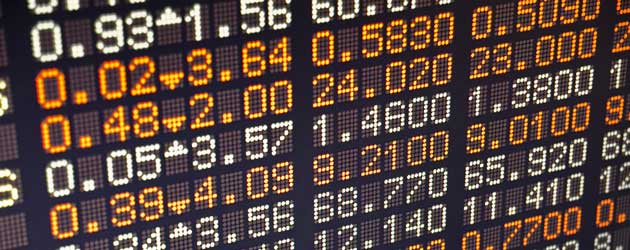 Pound Sterling (GBP)
Pound Sterling (GBP)
In response to the best UK Services sector PMI since November 2013, bets on the Bank of England hiking interest rates increased substantially. Forecast at 58.0, economists’ were surprised to read a printed figure of 59.1. The services sector, which accounts for 75% of the British economy, has a marked influence on the Pound’s performance. Further contribution came from strong international and domestic demand, accompanied by encouraging job creation figures and increased backlogs of work.
The better-than-expected services score suggests continued British economic acceleration in the second half of the year, increasing the likelihood that the BoE will hike interest rates in the fourth quarter. Prior to the soaring services figure, some analysts began to revise their UK GDP predictions in response to Friday’s soft manufacturing PMI. However, such is the influence of the services sector that the growth in activity means that the British private sector, as a whole, expanded by the most in three months during July.
Euro (EUR)
Yesterday Sterling rallied by half a cent against the Euro after impressive UK services PMI statistics, increasing trader speculation of a rate hike in November. The Euro was perhaps unlucky to slip against the pound as yesterday also produced impressive Eurozone statistics.
Eurostat revealed a retail sales increase of 2.4% in June, the biggest annual jump for over seven years for the 18-nation bloc. The positive reading, which was nearly double the median forecast of 1.4%, saw growth in sales for items such as electronics, computers, textiles, food, drinks and tobacco.
US Dollar (USD)
Yesterday morning saw an upward trend in the GBP/USD exchange rate following the impressive UK services score. Sterling’s gains were short lived, however, as the exchange rate receded back to its original state by midday. Trader reluctance to drive the Pound through psychological resistance at 1.69 suggests an inclination toward further losses for Sterling against the Dollar. The GBP/USD is likely to continue to depreciate unless there is a prompt increase in British wage growth.
American data showed the fastest rate of expansion in the services sector since 2005.The ISM index of non-manufacturing output printed at an 8.5-year high of 58.7, exceeding the forecast figure of 56.5. The ISM index is considered more accurate, in general, than Markit’s offering which makes for a greater influence over trader reaction. A separate report showed that factory output surged by 1.1% in June. Coupled with the ISM index, the two economic indicators were seen as positive for US GDP growth over the next few months.
Canadian Dollar (CAD)
Sterling showed appreciation of nearly half a cent yesterday against the Canadian Dollar, reaching a fortnightly high in the process following the impressive UK services stats. Investment in the ‘Loonie’ faltered following strong US services statistics because they were seen to increase the probability of an early rate rise south of the border in the United States.
Australian Dollar (AUD)
The Reserve Bank of Australia announced the continuation of 2.50% interest rates in August on Tuesday. The decision to hold means that the benchmark rate has not changed for 12 months, which is the longest period of stability since 2006. The RBA noted that inflation remains anchored in line with the bank’s target, but countered that the strength of the domestic currency is still too high. Positive UK and US tertiary output numbers, which were seen to support rate hikes in Britain and the United States, allowed GBP/AUD exchange rates to soar during the London session.
New Zealand Dollar (NZD)
Following the robust UK services data Sterling gained strength against NZD, continuing to steal pips throughout the day. Despite the Reserve Bank of New Zealand having a benchmark interest rate seven times greater than that of the UK, 3.50% for the former and only 0.50% for the latter, the attractive prospect of a rate hike in Britain made Sterling more appealing to currency speculators.
Further problems arose early this morning following the publication of employment figures for New Zealand. The unemployment rate was forecast to come in at 5.8%, but the actual data printed at 5.6%. Whilst this seems to be a fairly positive drop initially, it was coupled with a very disappointing participation rate number, which had been forecast to rise to 69.3% from the previous 69.2% but actually printed at 68.9%. The lower participation rate means a greater proportion of people left the labour market compared to the previous month.
South African Rand (ZAR)
Today the South African Rand has seen losses against most major currencies including the Pound, Euro and US Dollar. However some speculate that this downward trend may be in the process of reversing. Today the GBP/ZAR exchange rate has seen a rise of 0.33% to 18.0107. Some believe that the recent hike of interest rates by the South African Reserve Bank will insulate the Rand in the face of difficult geopolitical circumstances.
Whilst traders monitor developments in the government bond market, a shift in market focus is likely to occur ahead of some important data releases due later in the week.

Comments are closed.